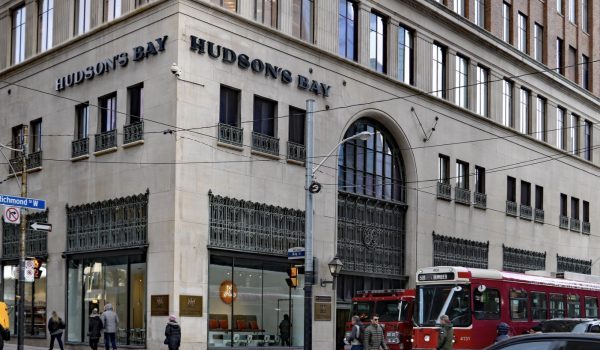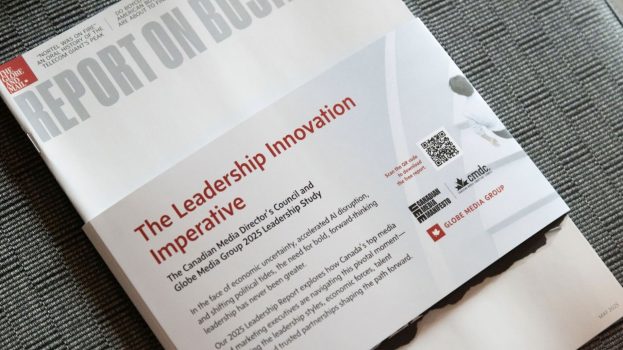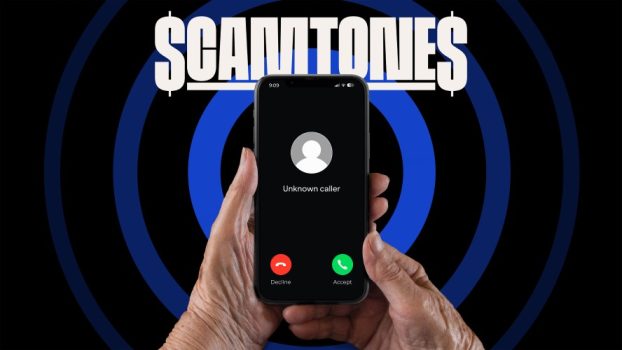‘Am I going to be standing up?’
That’s what one traveller asked account executive Sue Harrison when he found out that Harrison was working on the brand development behind British Airways’ new no-frills airline, Go.
Although Harrison, who works for London-based agency Howell Henry Chaldecott Lury + Partners (hhcl), is quick to say that, naturally, Go offers its customers perfectly comfortable seats, she also notes that travellers receive little else on the flights from London’s Stansted airport to Rome, Lisbon, Copenhagen and Milan.
If they want something to eat, they pay for it (the airline is catered by a popular coffee chain that offers trendy sandwiches and drinks). Same goes for drinks – but only the non-alcoholic variety. There are no free newspapers, cozy blankets or warm face towels offered on Go flights. And if you’re looking to add some Air Miles points to your roster, don’t go with Go.
What Go does offer, however, is incredibly cheap flights, undercutting rates offered by its parent company by at least 50%.
Despite the obvious attraction of Go – who wouldn’t want to fly into Lisbon with almost $200 more cash in their pockets than if they took British Airways? – it’s not easy to reconcile Go’s no-frills approach with its parent company’s first-class image. And some analysts fear that this could dilute the airline’s esteemed brand name.
But ba isn’t the first company to target quality-lovers and deal-seekers alike – and it won’t be the last.
In fact, it’s becoming more and more common for companies to target each segment with separate products or services, according to Scott Hawkins, assistant professor of marketing at the Rotman School of Management, University of Toronto. The trend of offering both premium and no-frills products and services is growing, just as the disparity between the economic ‘haves’ and the ‘have nots’ is widening. In order for companies to attract both the consumers who can afford to pay for top-quality products and those who cannot, companies are starting to take a serious look at furnishing something for each. And, like the disappearing middle class, that’s leaving mid-range products out in the cold, he says. ‘There are a lot of product classes where products in the middle are struggling.’
Preventing cannibalization becomes the big concern for companies adopting such a strategy, says Hawkins. So-called asymmetrical switching – where consumers will happily switch up to a higher-quality brand, but will rarely trade downwards – tends to protect the company’s higher-quality products from being cannibalized by the cheaper offering, he says. But, to play it safe, some companies will hide the connection between the two – or, at the very least, not play it up.
According to hhcl’s Harrison, although the launch campaign introduced Go as ‘the new low-cost airline from British Airways’, its corporate identity will remain very much distinct from its more venerable parent.
For example, its in-flight magazine, which features information on Go’s four destinations, doesn’t mention British Airways anywhere, nor does its green logo in any way resemble ba’s well-known blue logo. Harrison says the company is not concerned about cannibalization because ba travellers – mainly business people who are accustomed to waiting for their flight in a quiet lounge – are very different from Go travellers, although she admits there may be some crossover from self-employed business people looking for a bargain.
The idea behind Go, Harrison explains, is to increase travel overall, particularly for so-called independent travellers – the types who don’t need to have their hands held or be escorted to a hotel upon arrival. Where, before, these people would take only a couple of flights a year, now they’ll be encouraged to take more, she says.
Go was also prompted, no doubt, by the increased competition over European skies. Thanks to deregulation, ba has watched rivals land customers by offering discount fares across the continent. Although this hasn’t yet hurt the company’s earnings, analysts say that Go is essentially a blocking tactic to prevent these airlines from taking off with planes full of former ba passengers.
Another sector where offering premium and value products is not only acceptable – but expected – is personal care products. Perhaps it’s the nature of the sector or it could be fear of tainting the company name, but companies that play both sides of the price and image fence generally downplay the manufacturer’s name on the value product, and often on both.
According to U of T assistant professor Hawkins, that’s not a bad strategy when trying to court both segments. ‘You want to be cautious about tainting the brand,’ he says. By distinguishing between the company name and the brand – and only playing up the latter in each product – companies are better able to distance the brands from one another, he says.
Sidebar: IBM’s Ambra line straddles image divide
Like British Airways, ibm employed the same ‘join ’em or lose ’em’ philosophy with the launch of its Ambra series of value-priced computers.
The Ambra line, introduced in Canada in the early 1990s, ‘occupies the white space below Aptiva,’ says Jeff Kirke, consumer and complementary solutions for Markham, Ont.-based IBM Canada. According to Kirke, white space connotes a range of price points or feature points that aren’t addressed by the company’s premium Aptiva line.
Sounds interesting, but how does a computer manufacturer – making, by all definitions, a complex machine – take value out of one line and put it into another?
‘We’ve tended to focus our cost saving measures on cost of parts and the way we build the system,’ says Kirke. For example, while Aptiva has the highest-quality chip technology available, Ambra incorporates a lower-priced chip. And while the Aptiva may come equipped with a dvd-rom drive, the Ambra is often sold without a monitor because it can be plugged into a tv set.
The key is targeting two very different buyers, says Kirke. Where Aptiva is very much a richly featured home office computer, the Ambra is positioned as a computer for first-timers – someone who’s convinced they need a family computer for the kids, he says. It’s also the model sought after by computer veterans looking to supplement their home networks with an inexpensive system. Lastly, particularly with the brand’s latest Ispirati model – a sleek black and chrome system that looks not unlike a modern tv set – Ambra is being marketed as just another home entertainment device, plugged into the tv and ready for gaming, says Kirke.
However, the industry is not anything like it was when the Ambra was first introduced. At that time, according to Kirke, a premium system would cost thousands of dollars, so the difference between it and a value-priced system was substantial. Now, a fully dressed Ambra might cost $1,299-$1,399, not that much less than the Aptiva, which sells for about $1,799.
And with the industry moving towards a $1,000 system, Ambra’s raison d’etre might soon disappear.
‘The trend in the computer marketplace is certainly for lower-cost systems and everyone is rushing to fill those progressively lower price points,’ he says. ‘Ambra will continue to fill still lower price points as long as it makes sense to.’
According to computer industry analyst Albert Daoust of Toronto-based Evans Research, the Ambra line makes little sense even today, particularly for a highly regarded brand like ibm. Support and service – the product’s warranty – is the backbone of the product’s value.
Even ibm’s Kirke says that, although the ibm logo isn’t on the system, customers are well aware that Ambra is an ibm line. ‘Most customers [who] buy the Ambra system do so with full knowledge that it’s an ibm product and they’re really buying as much the ibm promise of value as anything else,’ he says.
Since ibm won’t cut corners and risk jeopardizing its reputation, Ambra might be more hassle than it’s worth, says Daoust. ‘An economy brand is going to suck off some of that premium quality, support, service – everything behind it,’ he says. ‘So then they do one of two things: They shoot low and really put cheap crap in or they put good-quality parts in and cannibalize their brand. They really can’t win.’
Daoust says that taking value out of a computer is far from easy. ‘It’s like taking eggs from an omelette.’ WC























